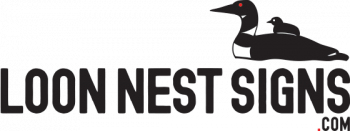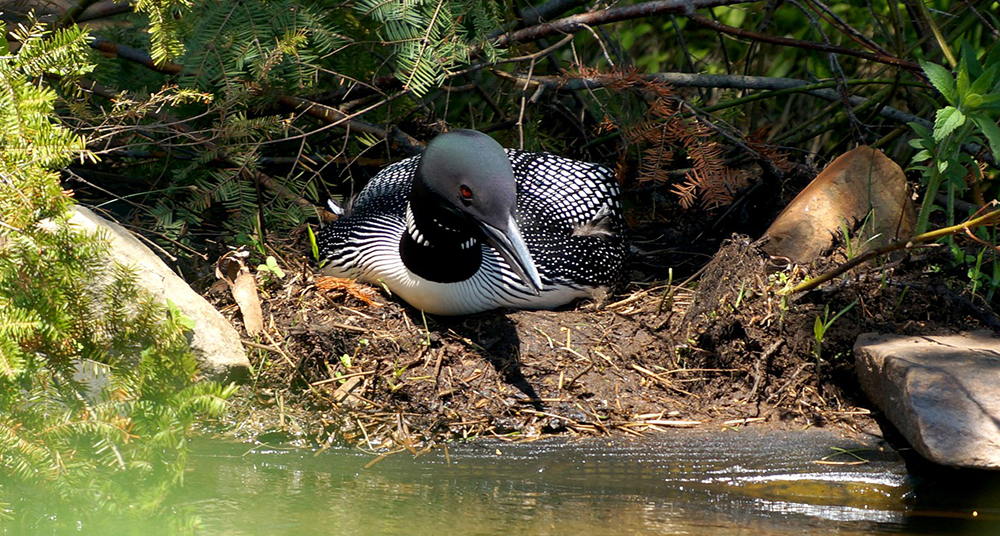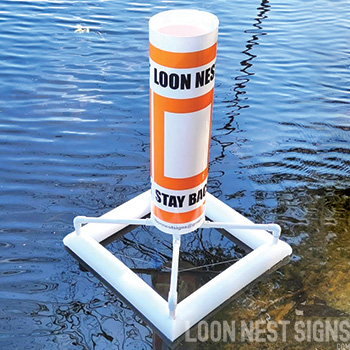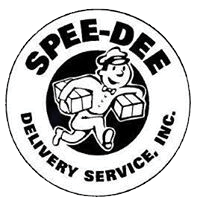
by L.E.A.D. Group, Inc.

Protect Common Loons by clearly marking their nest sites!
Loons choose quiet, protected spots on lake shores and other structures to build their nests.
If disturbed, they may abandon their nests and not return that season.
Our highly visible, floating sign warns boaters, jet skiers, and swimmers away from vulnerable Loon nest sites.
Meets U.S. Coast Guard NR-5.09 (5) and NR 5.09(2)(b)4 requirements for floating signs!
For shipping to all other zip codes, contact us at LoonNestSigns@gmail.com for a shipping quote.
Why install a Loon Nest SIgn?
As human presence and activity on the water increases, Common Loon nests are more likely to be disturbed and abandoned.
Without a parent sitting on the nest, loon eggs can be killed by high temperatures, or predators like skunks, raccoons, and crows, who may be drawn to the area in higher numbers because of human activity.
If eggs successfully hatch, loon chicks are especially vulnerable for the first few weeks, until they are fledged and able to help protect themselves from danger by diving.
If accidentally separated from the adults by boats, they are more likely to be lost to predators.
Why OUR FLOATING Loon Nest SIgn?
U.S. law prohibits you from just making up a sign and installing it in a body of water. There are many regulations that must be followed to legally install a sign in a body of water.
Our Loon Nest floating warning signs meet the U.S.Coast Guard NR-5.09 (5) and NR 5.09(2)(b)4 regulations for a floating informational buoy.
There are two basic types of signs that are legal at this time. The very large buoy types that are heavy and tall like you see used for channel markers, NO WAKE and other warnings. These buoys need to be installed in 3 to 4 feet of water to float upright and require a very heavy anchor such as one or two cinder blocks. This makes it more difficult to install and remove the sign and anchor after the nesting season is over.
Our Loon Nest Signs are ultra-light in design for several reasons. The weight of our sign is only 3 pounds (versus the other buoy types that can weigh more than 50 pounds). The heavier signs are very hard to transport and store and due to the sizes and weight are very costly and hard to ship.
Our Loon Nest Sign ships in 30” x 23” x 5” carton weighing under 10 pounds which can be shipped via UPS, Fed-X or other local carriers.
With a buoy type you would be purchasing a blank buoy that you would then have to find a manufacturer to letter and print an approved message that would then need to be applied to the buoy.
Our Loon Nest Warning Signs are available for immediate shipment before and during the season at a third of the cost of the other buoys!
LOON NEST FACTS
In Wisconsin, Common Loon Nesting begins in early- to mid-May.
The male Loon selects a nest site, and both parents help construct and tend the nest.
Loon nests usually have only two eggs.
Chicks typically hatch after about four weeks.
If the first nest is lost, a pair may attempt a second nest, with chicks then hatching in early July.
After fall migration, juvenile Loons remain on the Atlantic coastline for two years, returning North in their third year. However, they may not breed for several more years!


